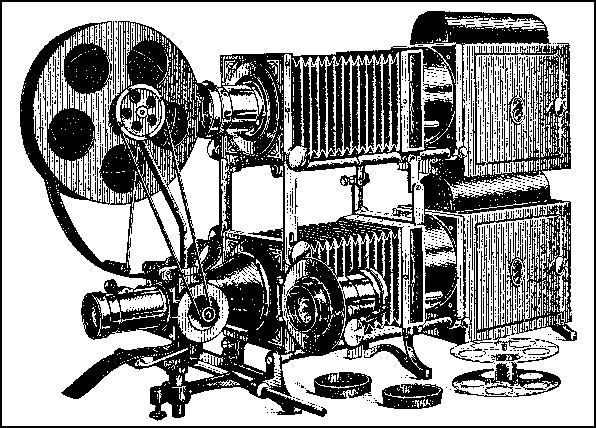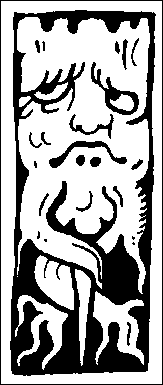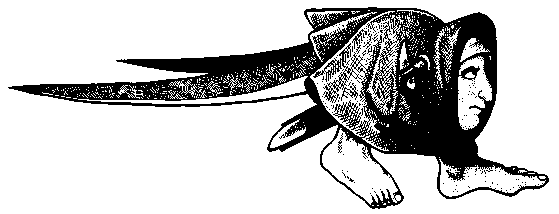William Owen Roberts
(Seren/Dufour)
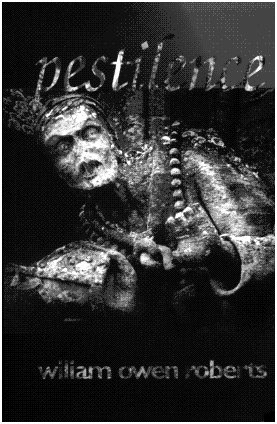
Roberts' Pestilence takes us through plague-infested Europe from Cypress to Paris with a well-educated Arab by the name of Salah and, in alternating chapters, lets us visit with the disgusting denizens of a Welsh township.
If this is medieval Europe, you can have it. Characters are forever and a day puking, farting, spewing, falling in sewers, beating on each other, cursing, harumphing, rotting, swyving their beasts, and, in general, and with the exception of Salah, making pigs of themselves. It's not unlike the romps of Chaucer and Boccaccio...in fact, the latter turns up in Pestilence in Florence, telling the Arab,
"I'm a writer myself, though it's a thankless calling, heaven knows. But someone has to write, if only for our descendants, so they can see what a company of fools we were."
"What sort of things do you write?"
"Oh, just light, humorous stuff, with a sprinkling of satire. I believe in pleasing the reader. No need to offend them unnecessarily with gratuitous sex and filth."
"Absolutely," rejoined Salah.
If Roberts is seeking to give us a romp through 1347 Europe --- he has done it. What with false popes, our heroes jumping in and out of bed with beautiful women, and, afterwards, falling in pestiferous sewers, it gives us a merry, picaresque ride. We journey to a medieval university to hear about contemporary medical practices (herbs, blood-letting, prayers) and are given a full dose of devil superstitions in Wales with a story (worthy of Boccaccio himself) by Chwilen Bwm.
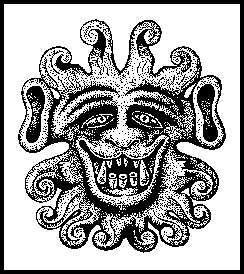 In it, we find a lovely young girl, "stretched out in the straw, her dress pulled very high over her legs and very low over her breasts." But the man she is trying to seduce puts a lump of myrrh to her lips, so that when she turns to face him, she's turned into a real-live demon, with a
In it, we find a lovely young girl, "stretched out in the straw, her dress pulled very high over her legs and very low over her breasts." But the man she is trying to seduce puts a lump of myrrh to her lips, so that when she turns to face him, she's turned into a real-live demon, with a
green face and a bald head like a pig's bladder...a pot-bellied, hairy, hideous ogre with two yellow fangs.
As these examples show, Roberts has a way with words, but he has yet to develop the pacing of his medieval masters to hold our interest for the entire 214 pages.
Seaters
The Emergence of
Art House Cinemas
Barbara Wilinsky
(Minnesota)
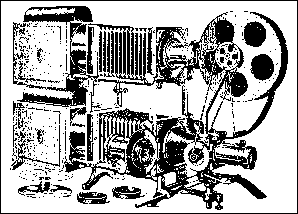
Some of us had never even heard of "The Caesar Trilogy" or "The Diary of a Chambermaid" or "High and Low" or "Tokyo Story," Jean Renoir, Luis Buñuel, Josef von Sternberg, Eisenstein. She changed all that, but she wasn't the only one.
There were, it turns out, some 200 similar theatres around the United states --- even if they weren't so consciously intellectual. And, between 1954 and 1960, that number doubled. These were theatres that, in general, showed films that were ignored by those that came out of the big Hollywood studios.
Ms. Wilinsky chooses three films to demonstrate the phenomena of the Art Theatre: Open City, Lost Boundaries, and Tight Little Island. The first was Roberto Rossellini's Italian Neorealist film about the Nazi Resistance in Rome. The second was produced by Louis de Rochemont (who had created the "March of Time" newsreels), and told of a black family passing as white in a New England town. The final was about a merry bunch of Hebrides Islanders who stumble on 50,000 cases of whiskey from a nearby sinking ship.
The author discusses their "commercial" and "industrial" contexts, their style --- how they were different from the Hollywood mainstream --- and, too, looks into modes of production and distribution. Most of this is fairly ho-hum stuff, at least to this reader, but it becomes more interesting when she delves, for instance, into questions of censorship.
Tight Little Island had been called Whiskey Galore! in England --- but suffered a name-change on its way to our shores, presumably to protect American sensibilities about booze. In Chicago, there was much suspicion of the morals of foreign films, and translators --- often priests --- were brought in to make sure nothing was put over on the censorship board. The New York state censors told Open City's distributors to
eliminate the word slut from a subtitle and to cut a vial clearly marked "cocaine" and some of the more graphic torture scenes, the reasons for the eliminations being that the scenes were "indecent" and "inhumane" and "[tend] to incite crime."
Ms. Wilinsky spends a fair amount of time defining exactly what is meant by "art theatre," and describes the image of the theatres were trying to project. She also treats the history of art film houses: there had been "Little Cinemas" in the 1920s that had grown out of the Little Theatre movement (for producing plays that were somewhat off the beaten path), and "ciné clubs" (which "screened specialized films and focused on the artistic nature of the cinema"). The theatres were small, had a regular patronage --- thus the term "Sure Seaters" --- and paid less in rentals for films. Usually, at least in the early days, and because they were not aimed at the general public, they were exempt from state censorship boards.
There were nineteen of these in operation by the late 1920s, including the glorious Film Guild Cinema of New York City. They imported films from Europe, and specialized in reruns of Charlie Chaplin, D. W. Griffith, and Fatty Arbuckle. They, say the author, were the first to "create a mood for their acceptability...the little cinema movement sought to make film into art and spectators into individuals."
Ms. Wilinsky knows her stuff and if you are interested in film, film history, and the history of art movies in American, this is your book. However it suffers from two problems. One is that it smells heavily of a PhD thesis converted into published form. Secondly, it is set in type small enough to drive us card-carrying members of the bifocal set into a blind fury.
As far as turning "spectators into individuals," I was reminded of the day I called the Studio/Guild in Berkeley and said to the woman in charge (it was Ms. Kael but this was long before she had become a star in her own right so I wasn't nervous) that I had often heard of City Lights but had never had a chance to see it. She said that because the American Legion had drummed Charlie Chaplin out of the country because of his politics, he had canceled all North American viewing rights. However, she said, they had, by mistake, forgotten to send off reel three the last time they showed it so if we wanted to drop into the Guild that evening, she'd see that it got stuck in between the two main features. We went, and sure enough --- we got to see fifteen minutes of the wonderful City Lights boxing routine. No charge.
